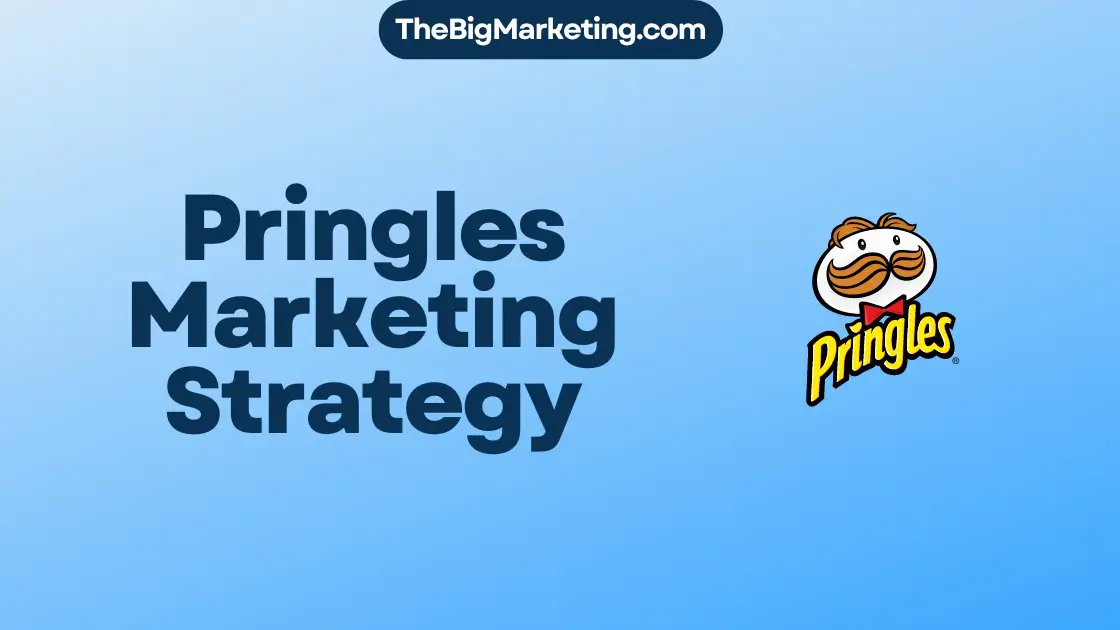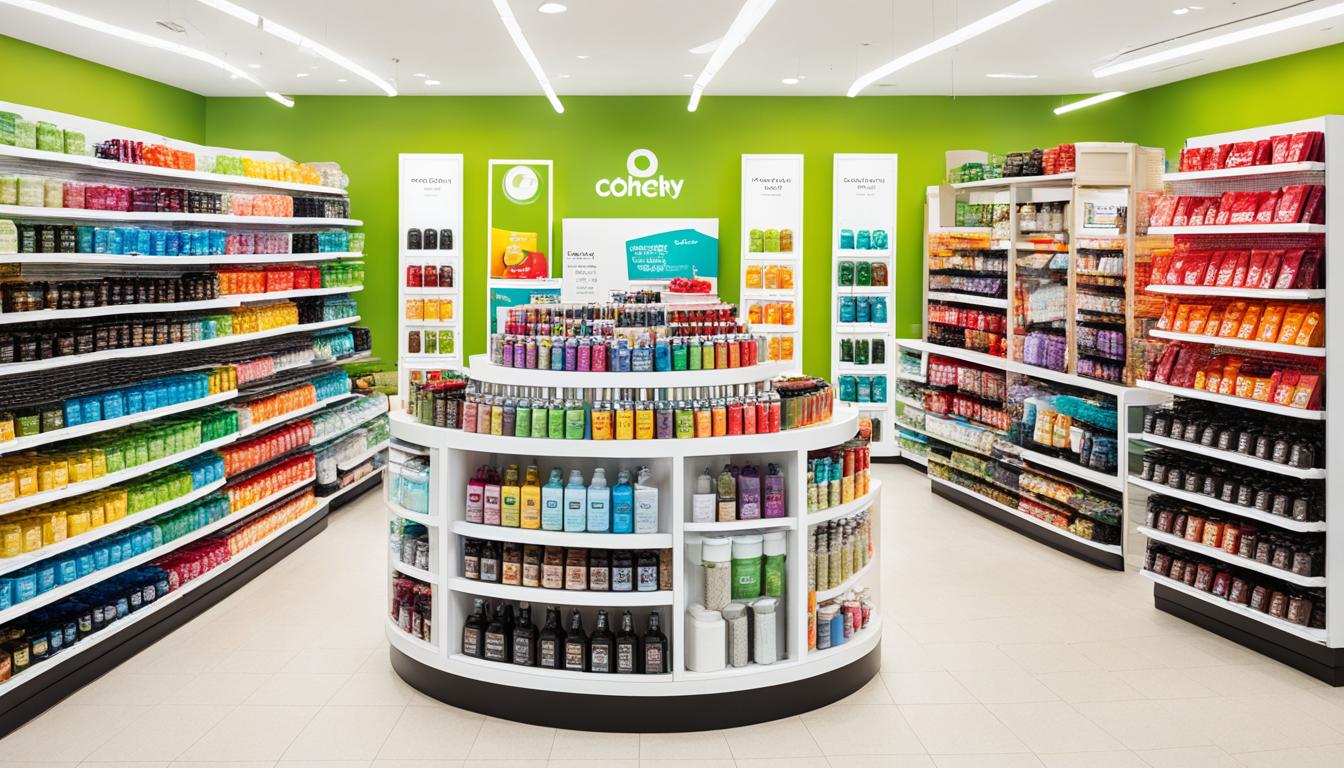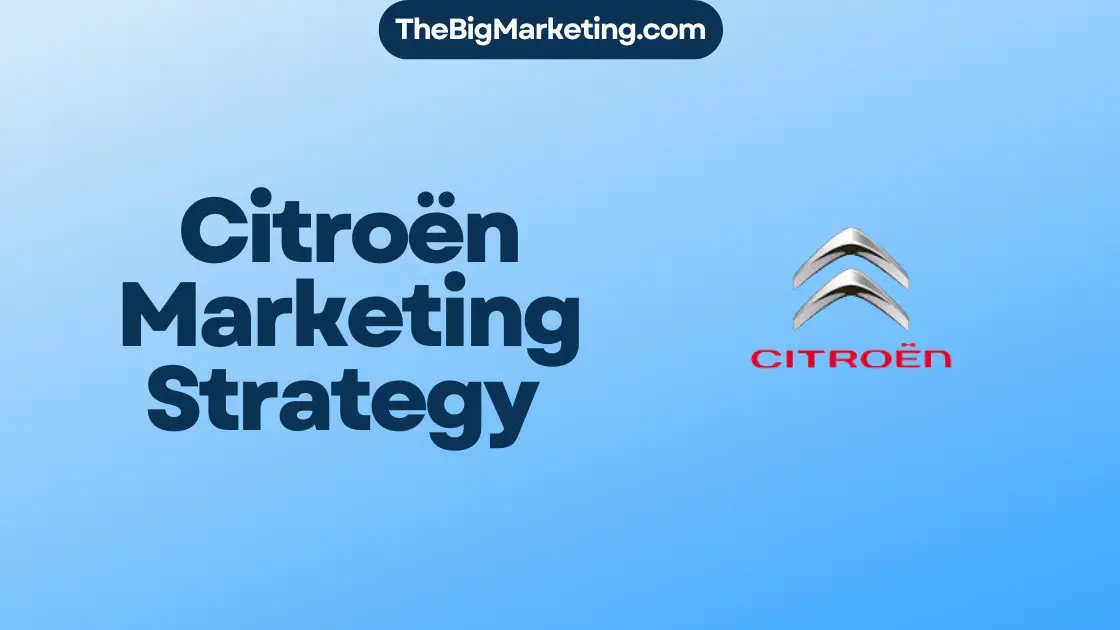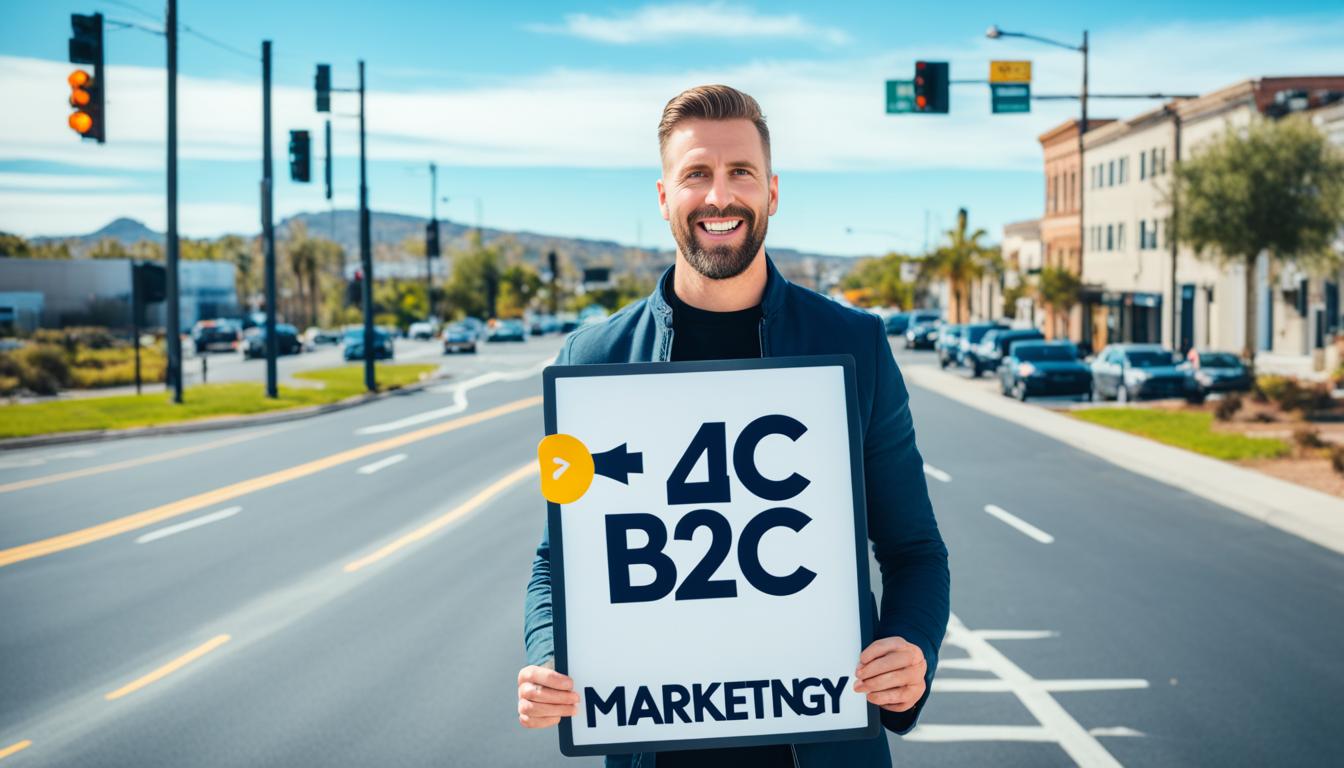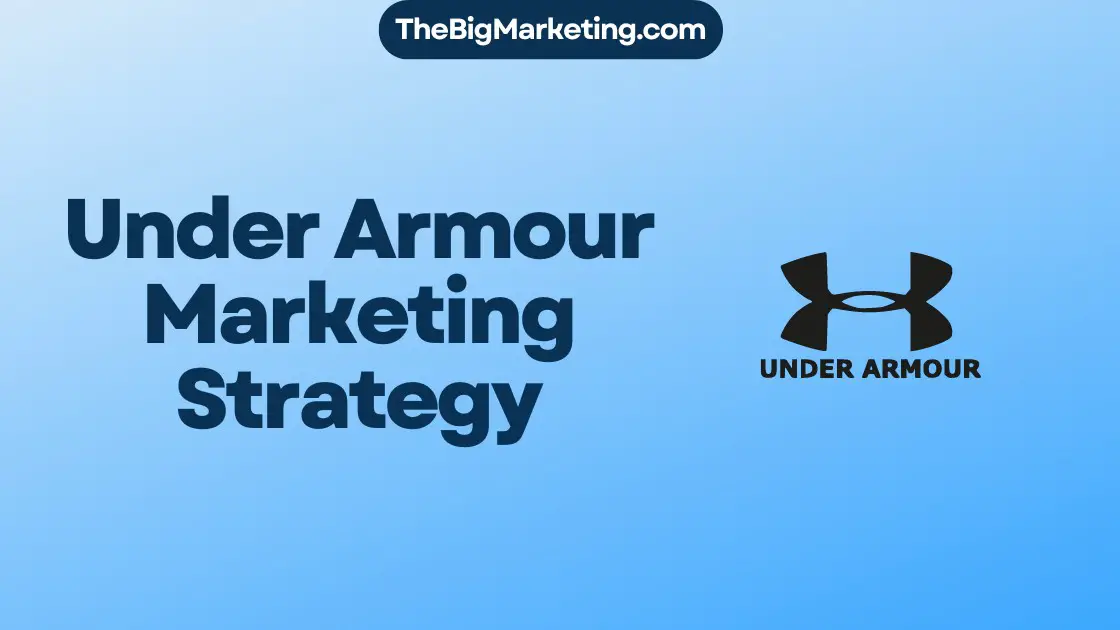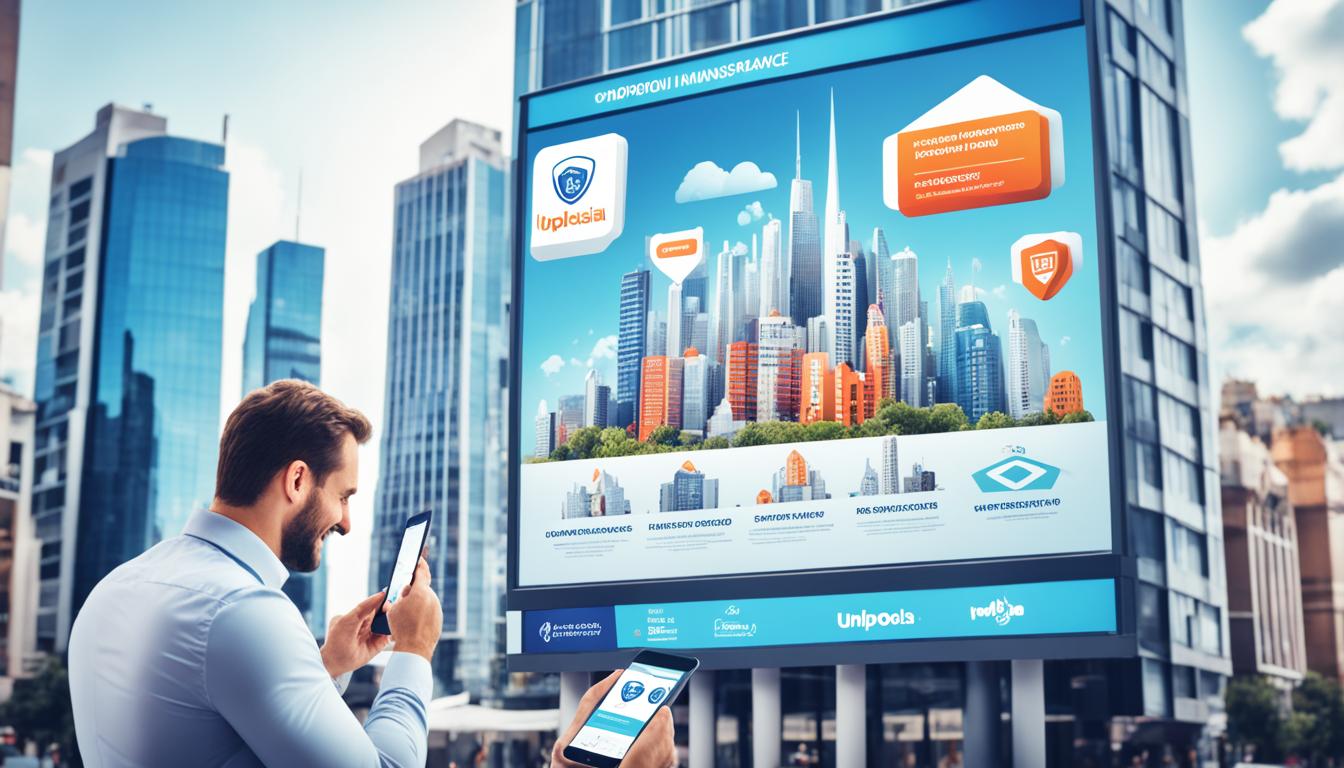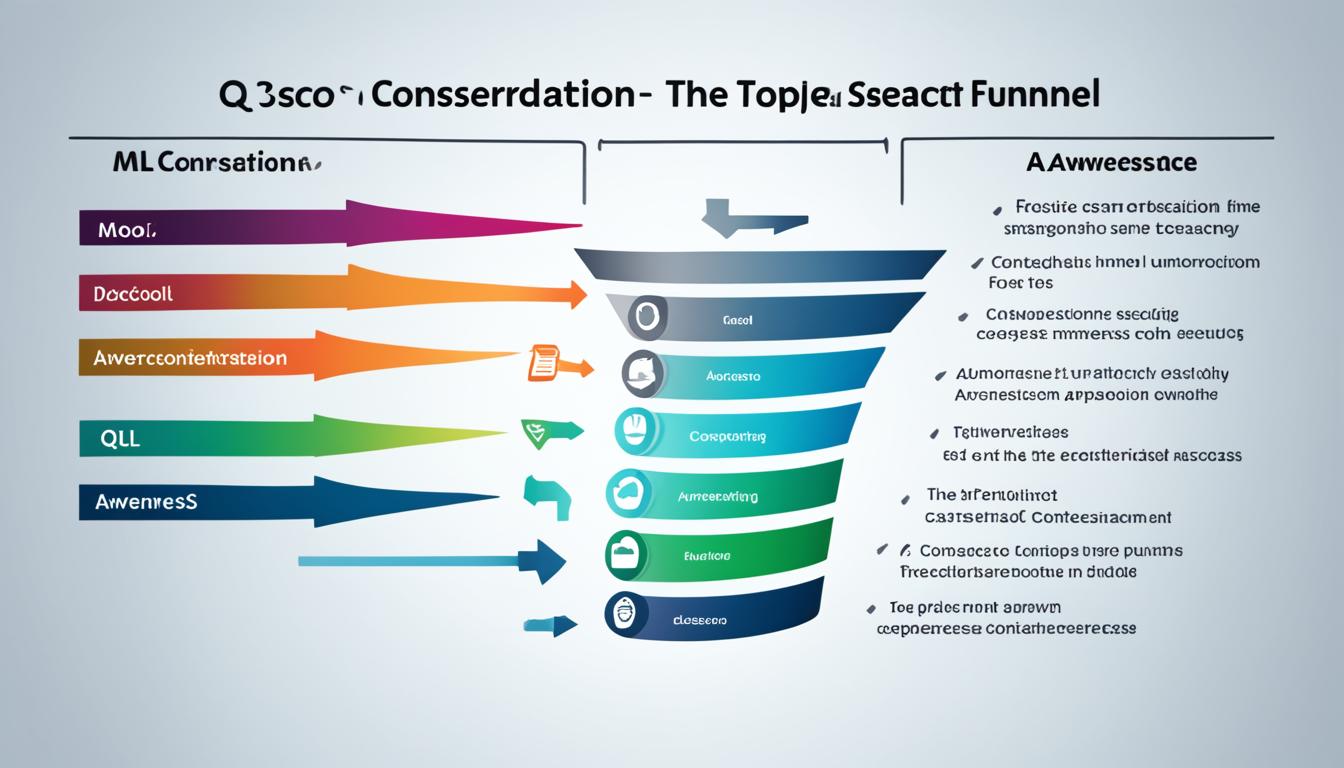Product-led growth (PLG) is a powerful marketing strategy that places the product itself at the forefront of customer acquisition, retention, and expansion. The core principle of PLG is simple yet impactful: when users derive value from a product, they are more likely to become loyal customers and advocates, driving organic growth for the business.
Implementing PLG effectively requires a multifaceted approach that prioritizes user experience, optimizes onboarding processes, employs effective pricing models, fosters in-product engagement, actively seeks user feedback, and makes data-informed decisions. By incorporating these strategies, businesses can create a strong foundation for their growth and long-term success in 2024 and beyond.
Key Takeaways:
- Product-led growth (PLG) utilizes the product itself to drive customer acquisition, retention, and expansion.
- Prioritize user experience, streamline onboarding, employ effective pricing models, engage users within the product, gather user feedback, and make data-informed decisions.
- Implementing PLG effectively requires a multifaceted approach.
The History and Evolution of PLG
The concept of product-led growth (PLG) has a rich history in the software industry, with its roots dating back to the early days of software development. In the 1980s and 1990s, software companies relied heavily on sales teams for revenue generation. However, a transformative shift occurred with the rise of the freemium model.
The freemium model, spearheaded by companies like Skype and Dropbox, disrupted the industry by offering basic versions of their products for free. This strategy allowed them to capture a large user base and create substantial network effects. The freemium model opened the door for the adoption of PLG by software companies, as it demonstrated the power of providing value upfront to attract and engage users.
One of the pioneers of PLG is Salesforce, the cloud-based CRM software company. Salesforce shifted the industry’s mindset by adopting a subscription-based pricing model, effectively aligning its revenue streams with its customers’ success. This approach allowed Salesforce to invest in creating a robust and feature-rich product that delighted users and drove customer loyalty.
The App Store Ecosystem and the Mobile App Era
The PLG movement gained further momentum with the introduction of app stores and the widespread adoption of smartphones. App stores, such as Apple’s App Store and Google Play, provided software companies with a powerful distribution channel, enabling them to reach millions of users with ease. This created an environment conducive to the proliferation of PLG strategies.
The mobile app era fostered the perfect conditions for PLG to thrive. As smartphones became an essential part of people’s lives, the demand for apps skyrocketed. Users increasingly sought out apps that provided value, convenience, and unique experiences. Software companies that embraced PLG principles, such as providing freemium options and focusing on exceptional user experiences, gained a competitive advantage.
| Key Milestones in the Evolution of PLG | |
|---|---|
| The rise of the freemium model | Revolutionized the software industry by offering basic versions of products for free |
| Adoption of subscription-based pricing by Salesforce | Transformed the industry and emphasized the importance of customer success |
| Introduction of app stores | Provided a powerful distribution channel for software companies |
| Proliferation of smartphones | Created a conducive environment for PLG to flourish |
Today, PLG has become a prominent growth strategy across various industries. The history and evolution of PLG serve as a testament to its effectiveness in acquiring, retaining, and expanding a loyal user base. As technology continues to advance, the role of PLG in driving customer-centric growth is only expected to strengthen.
Core Principles of PLG
To successfully implement a product-led growth (PLG) strategy, businesses need to adhere to several core principles. These principles are focused on creating an exceptional product, streamlining the user’s onboarding experience, employing the freemium model, utilizing in-product marketing techniques, establishing a user feedback loop, and leveraging viral loops for organic growth.
Creating an Exceptional Product
At the heart of PLG is the concept of delivering an exceptional product that solves real problems for users. Businesses must strive to develop products that address specific pain points and provide clear, tangible value. By understanding the needs of their target audience and continuously improving their offerings, companies can establish themselves as leaders in their respective markets.
Streamlined Self-Service Onboarding
To reduce friction and improve the user experience, PLG strategies often employ self-service onboarding processes. This approach enables users to get up and running with the product quickly and effortlessly. By eliminating barriers to entry, businesses can attract and retain more users, increasing their chances of conversion and long-term customer loyalty.
The Freemium Model
The freemium model is a common strategy used in PLG. Businesses offer a free version of their product with limited features, allowing users to experience its value before committing to a paid version. This approach not only attracts potential customers but also enables upselling opportunities as users discover the value of additional premium features.
In-Product Marketing
In-product marketing techniques play a vital role in PLG strategies. By promoting additional features and personalized recommendations within the product interface, businesses can drive engagement, increase customer satisfaction, and encourage product exploration. This type of marketing has a higher impact as users are already within the product environment, making it more likely for them to take action.
User Feedback Loop
A user feedback loop is crucial for PLG success. Collecting and analyzing customer feedback allows businesses to understand their users’ needs, pain points, and preferences. This information can then be used to inform product improvements and prioritize development efforts, ensuring the product remains aligned with user expectations.
Viral Loops for Organic Growth
Viral loops, such as referral programs and social sharing features, become powerful growth catalysts in PLG strategies. By incentivizing existing users to refer others and facilitating social sharing, businesses can leverage the power of word-of-mouth marketing. This drives organic growth, increases brand awareness, and expands the user base without relying heavily on traditional marketing and advertising efforts.
Implementing these core principles of PLG can set businesses on a path to success by creating an exceptional product, optimizing the user experience, leveraging data-driven decision-making, and fostering organic growth. The next section will delve into the practical aspects of implementing a PLG strategy, providing businesses with actionable steps to drive customer acquisition and retention.
Implementing a PLG Strategy
To successfully implement a PLG strategy, businesses need to focus on creating an exceptional product that addresses customer needs and provides clear value. User-centricity should be prioritized throughout the product development process, and data-driven decision-making should guide improvements and optimizations. User engagement within the product can be fostered through in-app notifications, tooltips, and personalized recommendations. A strong user feedback loop is essential for gathering valuable insights and prioritizing product enhancements. By following these principles and shifting the focus towards user experience and value delivery, businesses can achieve higher customer retention rates and organic growth.
Implementing a PLG strategy requires a comprehensive approach that prioritizes the needs and preferences of users. By focusing on user-centricity, businesses can create an exceptional product that exceeds expectations and delivers clear value. This involves understanding the pain points and motivations of users, conducting user research and usability testing, and continuously iterating and improving the product based on user feedback. User-centric design principles, such as intuitive navigation, clear and concise messaging, and a seamless user interface, can enhance the overall user experience and drive user engagement.
Data-driven decision-making is another crucial aspect of implementing a PLG strategy. By gathering and analyzing relevant data, businesses can gain valuable insights into user behavior, preferences, and patterns. This data can inform product decisions, such as feature enhancements, pricing optimizations, and personalized recommendations. By leveraging data analytics tools and platforms, businesses can make informed decisions and prioritize initiatives that have the most significant impact on user engagement and retention.
Enhancing User Engagement
User engagement is a key driver of PLG success. Businesses should implement strategies to keep users actively engaged with the product, increasing the likelihood of conversion and expansion. In-app notifications can be utilized to deliver timely and relevant information to users, such as new feature updates, product announcements, and personalized offers. Tooltips can provide contextual guidance and help users navigate through the product seamlessly. Personalized recommendations based on user behavior and preferences can enhance the user experience and encourage further exploration of the product.
Building a Strong User Feedback Loop
A strong user feedback loop is essential for gathering valuable insights and prioritizing product enhancements. Businesses should establish channels for users to provide feedback easily, such as in-app surveys, feedback forms, and customer support channels. These feedback mechanisms should be visible and easily accessible within the product interface. Additionally, businesses should actively seek out user feedback through user research initiatives, user interviews, and beta testing programs. Analyzing and acting upon user feedback demonstrates a commitment to continuous improvement and shows users that their opinions are valued.
By implementing a PLG strategy that emphasizes an exceptional product, user-centricity, data-driven decision-making, user engagement, and a robust feedback loop, businesses can drive customer retention, foster organic growth, and stay ahead in today’s competitive market.
Product-Led Growth in B2B and B2C Contexts
Product-led growth (PLG) is often associated with the software and technology industry. However, the principles of PLG are applicable to both B2B and B2C contexts. In today’s market, B2B customers are increasingly seeking self-serve experiences and value-driven products that cater to their specific needs. This shift in B2B customer behavior underscores the importance of adopting PLG strategies to meet their expectations.
However, it’s worth noting that the adoption behavior in enterprise markets may differ from that of B2C customers. In enterprise markets, longer sales cycles and more complex buying processes require additional education and support to facilitate product adoption. Despite these nuances, the underlying principles of PLG, including creating an exceptional product and focusing on user experience, remain relevant in both B2B and B2C contexts.
Integrating PLG strategies into B2B and B2C ventures can unlock significant growth opportunities. By prioritizing the development of self-serve experiences and value-driven products, businesses can align with the evolving needs and expectations of their respective customers. Adopting a product-led approach enhances the chances of attracting and retaining loyal customers, regardless of the business-to-business or business-to-consumer focus.
Comparing PLG with Sales-Led Growth
Product-led growth (PLG) and sales-led growth are two distinct approaches to business growth. While both strategies aim to drive customer acquisition and revenue, they differ in their methodology and core focus.
PLG places the product at the forefront of customer acquisition, leveraging its value and user experience to attract and retain customers. By offering a self-serve, freemium model, PLG strategies often result in lower customer acquisition costs as users have the opportunity to explore the product and experience its value before making a purchasing decision. This approach also promotes faster growth rates and improved scalability as customers organically discover and champion the product.
On the other hand, sales-led growth relies on sales and marketing tactics to drive customer acquisition. Sales teams actively pursue potential customers through targeted campaigns, demonstrations, and negotiations. While this approach may result in higher customer acquisition costs, it allows for personalized interactions and a focused sales cycle, which can be particularly advantageous in complex B2B environments.
Let’s compare PLG and sales-led growth across key metrics:
| Metric | PLG | Sales-Led Growth |
|---|---|---|
| Customer Acquisition Cost | Lower | Higher |
| Scalability | Improved | Focused |
| Customer Retention | Higher | Varies |
| Sales Cycle | Shorter | Longer |
The table above provides a visual representation of the comparisons between PLG and sales-led growth. It is important to note that while PLG often leads to lower acquisition costs, faster growth, higher customer retention rates, and improved scalability, sales-led growth strategies have their merits, particularly in B2B environments where personalized sales interactions and longer sales cycles are common.
The Role of Product-Led Sales
It is worth mentioning that PLG and sales-led growth can complement each other. A hybrid approach, known as product-led sales, combines elements of PLG with traditional sales and marketing strategies. By leveraging the product’s inherent value while augmenting it with targeted sales efforts, businesses can strike a balance between self-serve acquisition and personalized interactions.
Ultimately, the choice between PLG and sales-led growth depends on various factors, including the product, target audience, industry, and business objectives. Organizations must carefully evaluate these factors to determine the most suitable growth strategy for their unique circumstances.
Comparing PLG with Marketing-Led Growth
When it comes to growth strategies, two popular approaches that businesses often consider are Product-Led Growth (PLG) and Marketing-Led Growth. While both strategies aim to drive business growth, they differ in their focus and execution.
Marketing-led growth primarily prioritizes customer acquisition through extensive marketing efforts. It relies heavily on advertising, lead generation, and promotional campaigns to attract and convert customers. The goal is to generate a high volume of leads and expand the customer base. These strategies typically involve targeting a wide audience and utilizing various marketing channels such as social media, email marketing, and content marketing, to name a few.
On the other hand, PLG takes a different approach, emphasizing activation and retention alongside customer acquisition. PLG focuses on providing an exceptional product experience that drives user engagement and encourages customers to become advocates. Rather than relying solely on marketing efforts, PLG leverages the product itself as a means of acquiring and retaining customers. By delivering value and solving customer problems through the product, PLG creates a strong foundation for long-term growth.
An important distinction between PLG and marketing-led growth is cost efficiency. PLG is often more cost-efficient than marketing-led growth because it relies on the product to drive growth rather than extensive marketing campaigns. With PLG, businesses can optimize their resources and budget by focusing on creating a great product and improving user experience.
Customer Acquisition and Activation
In marketing-led growth, the main focus is on customer acquisition. Businesses leverage different marketing channels to attract new customers and generate leads. This can involve strategies like lead magnets, paid advertisements, search engine optimization (SEO), and affiliate marketing. The goal is to cast a wide net and reach as many potential customers as possible.
On the other hand, PLG doesn’t neglect customer acquisition, but it places equal importance on activation. Activation refers to the process of onboarding users and successfully guiding them through the initial product experience. By providing a user-friendly onboarding process and demonstrating the value of the product, PLG aims to activate customers and turn them into active users who regularly engage with the product.
Customer Retention and Expansion
While marketing-led growth focuses primarily on acquiring new customers, PLG recognizes the importance of customer retention. By delivering value and ensuring a positive user experience, PLG aims to retain customers and build long-term relationships. This can lead to increased customer lifetime value and opportunities for expansion within the existing customer base.
The Role of Marketing in PLG
While PLG relies on the product itself to drive growth, it doesn’t exclude marketing efforts. In fact, marketing can play a crucial role in supporting and enhancing the PLG strategy. By aligning marketing efforts with the product experience and value proposition, businesses can effectively promote the product, educate customers on its features and benefits, and create awareness within the target market.
Marketing-led growth strategies can be employed to create product awareness, generate leads, and support the activation and retention efforts of PLG. By combining the strengths of both strategies, businesses can achieve a comprehensive and effective growth strategy.
Summary
Comparing PLG with marketing-led growth, it’s clear that these strategies differ in their focus and approach. While marketing-led growth prioritizes customer acquisition, PLG emphasizes activation and retention alongside acquisition. PLG offers a more cost-efficient approach by leveraging the product as the primary driver of growth. However, both strategies have their merits and can coexist, with marketing-led efforts supporting the product-led growth model.
Adopting a Product-Led Growth Approach in Your Organization
Before adopting a product-led growth (PLG) approach, it is crucial for organizations to assess whether it is the right fit for their products and target audience. Several factors should be considered during this assessment, including product-market fit, user experience, data setup, and the flexibility of the organizational structure.
Implementing a successful PLG strategy requires optimizing the data setup and experimentation infrastructure. This involves setting up robust data collection systems, analyzing user behavior, and implementing data-driven decision-making processes. The ability to gather accurate data and extract meaningful insights is essential for identifying opportunities to improve the product and drive user engagement.
Furthermore, organizations must rethink their organizational structure to foster a customer-centric culture. This includes breaking down silos and encouraging cross-functional collaboration between product, marketing, sales, and customer success teams. By aligning everyone around a shared goal of delivering exceptional value to customers, organizations can create a seamless user experience and drive sustainable growth.
Another important aspect of adopting a PLG approach is structuring supplier contracts to align with PLG principles. Organizations should collaborate with suppliers who support the product-led growth model and share the same vision for customer-centricity and value creation. Contracts should incentivize suppliers to proactively contribute to the success of the product and provide ongoing support to drive customer adoption and retention.
Finally, a product-led growth approach should be applied to all areas of the organization, including marketing, sales, and product development strategies. This involves leveraging the product as a key driver of customer acquisition and retention. Marketing efforts should focus on demonstrating the value of the product while providing self-serve experiences that allow users to easily explore its features. Sales teams should adopt a consultative approach, helping users understand how the product can address their specific needs. Product development should be informed by user feedback and data insights to ensure continuous improvement.
By carefully assessing the suitability of PLG, optimizing data setup, restructuring the organization, aligning with suppliers, and implementing a product-led approach across all functions, organizations can successfully adopt a product-led growth strategy. This approach offers the potential for higher customer retention rates, organic growth, and long-term success in today’s dynamic marketplace.
Benefits of Adopting a Product-Led Growth Strategy:
- Lower customer acquisition costs.
- Faster growth.
- Higher customer retention rates.
- Improved scalability.
- Enhanced user experience and value delivery.
| Factors to Consider for Adopting PLG | Actions to Take |
|---|---|
| Product-Market Fit | Conduct market research and validate product-market fit before implementing PLG. |
| User Experience | Enhance the product’s user interface and streamline onboarding processes to provide an exceptional user experience. |
| Data Setup | Implement robust data collection systems and analytical tools to gather valuable insights and drive data-driven decision-making. |
| Organizational Structure | Redefine the organizational structure to foster cross-functional collaboration and a customer-centric culture. |
| Supplier Contracts | Collaborate with suppliers who align with PLG principles and provide ongoing support for customer adoption and retention. |
| Marketing and Sales Strategies | Shift marketing and sales strategies to focus on demonstrating product value and providing self-serve experiences. |
| Product Development | Iterate on the product based on user feedback and data insights to continuously improve and meet customer needs. |
Conclusion
Adopting a product-led growth (PLG) marketing strategy in 2024 can be a game-changer for businesses looking to achieve sustainable growth and gain a competitive advantage. By placing a strong emphasis on user experience, delivering exceptional products, and making data-driven decisions, organizations can drive customer-centric growth, enhance user satisfaction, and fuel their expansion efforts.
The success of a PLG strategy lies in understanding and implementing its core principles effectively. This involves creating products that stand out in the market, providing seamless user onboarding experiences, and leveraging in-product marketing to engage and retain customers. By aligning their business operations with these principles, companies can maximize customer value delivery and cultivate long-term customer relationships.
In today’s dynamic marketplace, where customer expectations are rapidly evolving, PLG offers a powerful framework to drive customer acquisition, loyalty, and organic growth. By embracing this approach, businesses can create a customer-centric culture, improve customer retention rates, and position themselves for long-term success.
